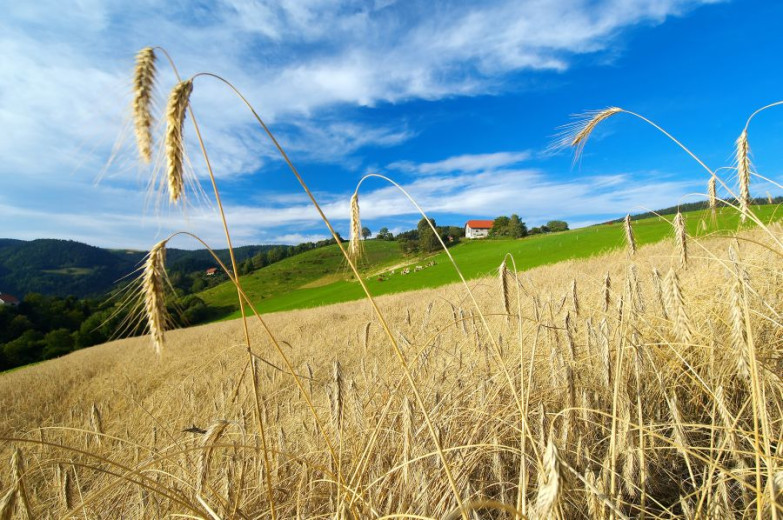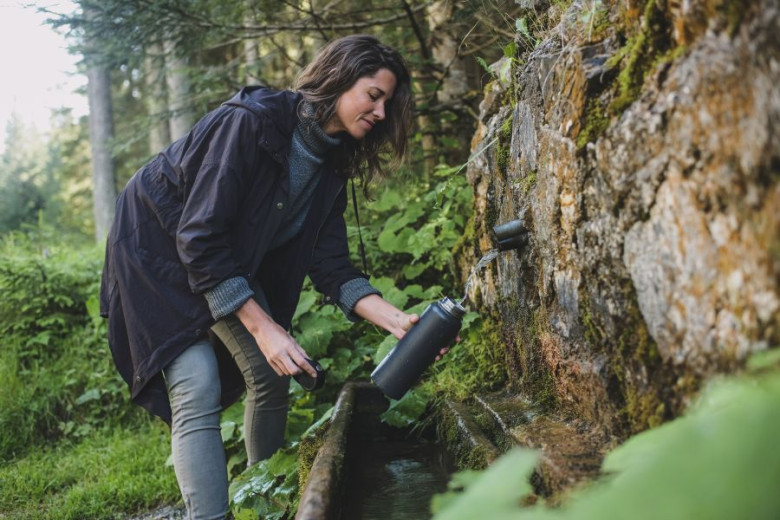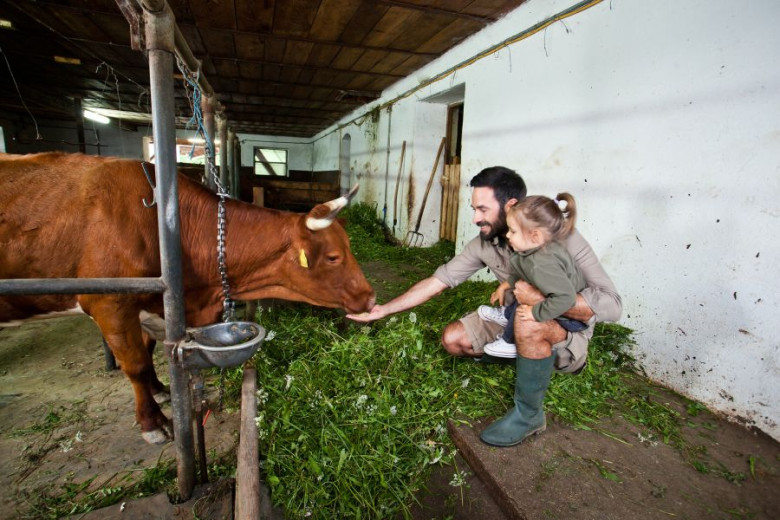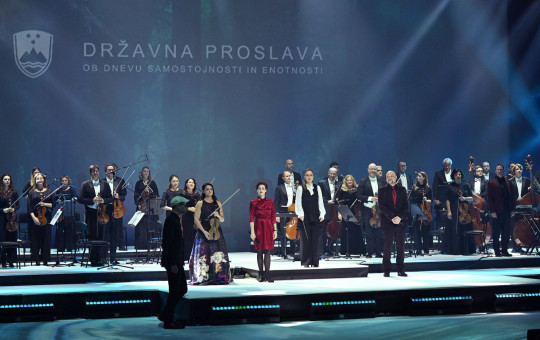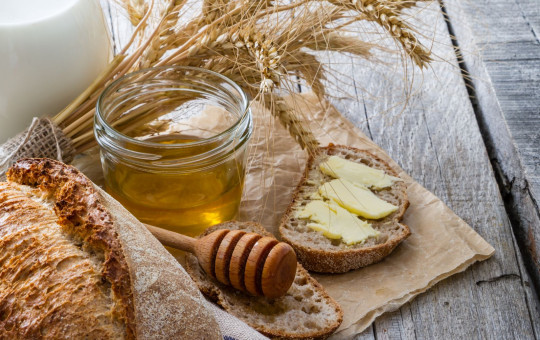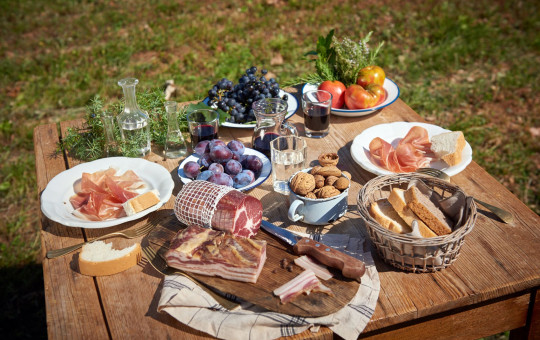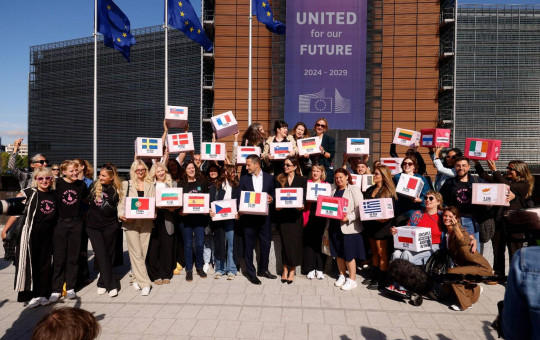Date: 16. October 2023
Time to read: 2 min
In 1979, the United Nations declared 16 October the World Food Day as they recognized that food is not a privilege but a right of each human. This year, attention is drawn to the importance of water with the slogan 'Water is life, water is food'.
Structure of agricultural production in Slovenia
The structure of agricultural land use and the direction of animal breeding depend on natural conditions. In the last three decades, the majority of agricultural land has been occupied by permanent grassland. The largest part of livestock population is cattle. 1% of utilized agricultural area was irrigable in 2020.
The average size of agricultural holdings in Slovenia is increasing
The average agricultural holding utilized 6.4 hectares of agricultural area in 2010, and 7.0 hectares in 2020. In 2010, it reared 5.6 livestock units, and in 2020, 6.0.
Between 2010 and 2020, the area of arable land and the area of cereals per 1,000 population increased slightly, while the number of livestock units per 1,000 population decreased.
In 2022, the self-sufficiency rate for cereals was 73%, for meat 87%, for vegetables 38% and for fruit 29%
Compared to the last ten-year average (2012–2021), lower self-sufficiency rates were detected for fruit and vegetables (by 5.3 and 2.0 percentage points) and higher for cereals and meat (by 0.3 and 6.3 percentage points). Since the majority of agricultural production in Slovenia takes place outdoors, weather has a significant impact on crop production. Thus, large variations in the fruit self-sufficiency rate are the result of the influence of weather factors.
In Slovenia, orchards are located in all statistical regions
In 2020, the area of orchards was the smallest in the Zasavska statistical region (315 hectares) and the largest in the Savinjska statistical region (2,375 hectares).
In 2022, more than two-thirds (68%) of persons aged 16 or over ate fruit at least once a day. Data by statistical regions do not show a relation between the frequency of fruit consumption and the orchards area.
Within fisheries, aquaculture is becoming increasingly important
The most important part of the Slovenian marine commercial catch is fish (69.8 tonnes were caught in 2022). In the industry of breeding aquatic organisms (aquaculture), the largest part is the breeding of freshwater fish (almost 1,019.5 tonnes were bred in 2022).
The total amount of aquatic organisms (fish, crustaceans and molluscs) caught or farmed last year in aquaculture in Slovenia was sufficient to prepare 3 to 4 meals1) per resident.
Food products more expensive
Between September last year and September this year, food products prices increased on average by almost 9%. This time the prices of vegetables, and sweet products (sugar, jam, honey, chocolate, and confectionery) went up the most (by 12%), followed by fruit prices (by 11%). The prices fell only in the food group oils and fats (by 9%), in which in the same period last year the highest price increase (by 34%) was recorded.
Last year less than half of food waste generated in households
Around 70,000 tonnes of food waste, which includes edible and inedible part, was generated in Slovenian households in 2022. This means that a family of four in their household threw away on average 133 kg of food or 365 grams per day. Almost two thirds (63%) of this food waste was still thrown away as mixed municipal waste.

